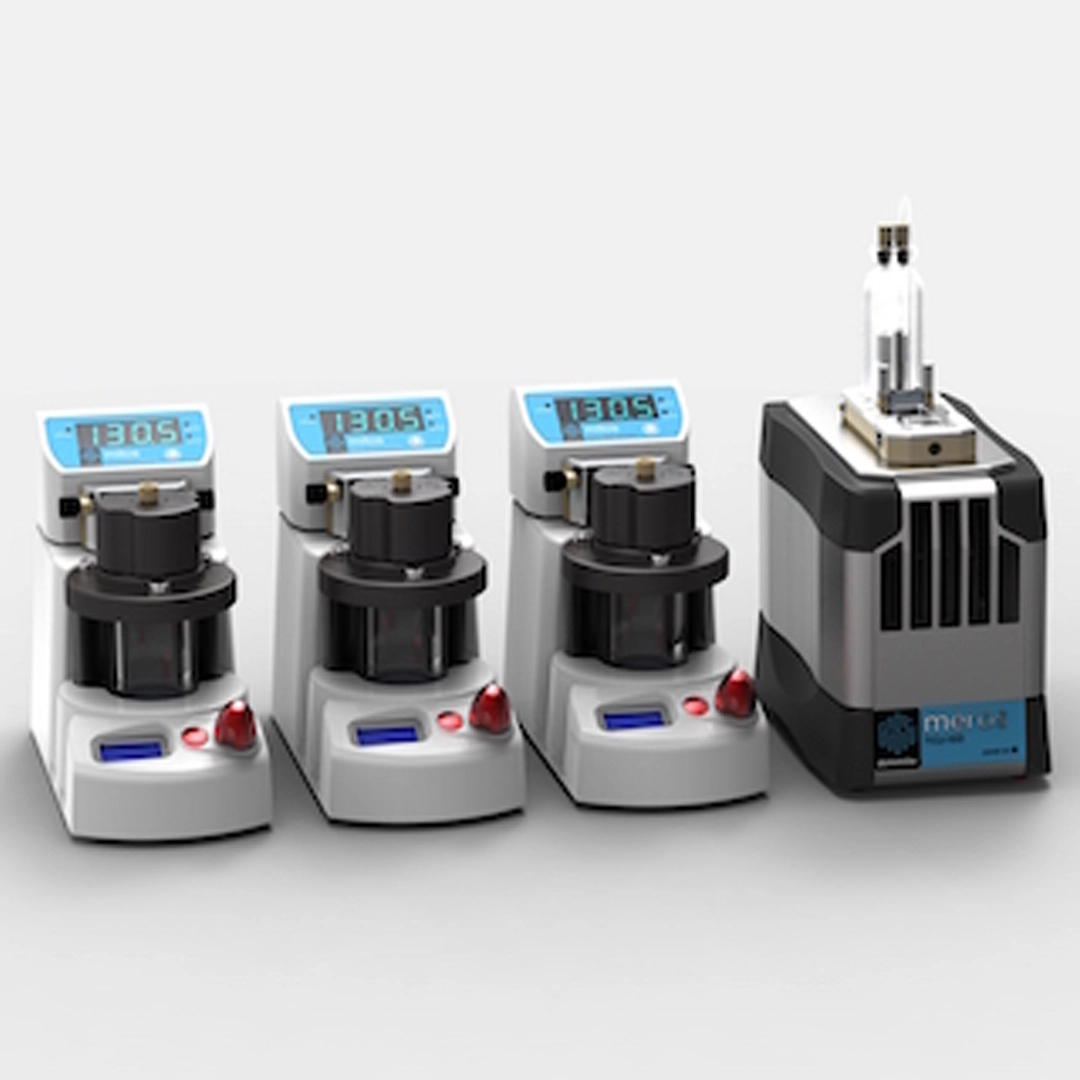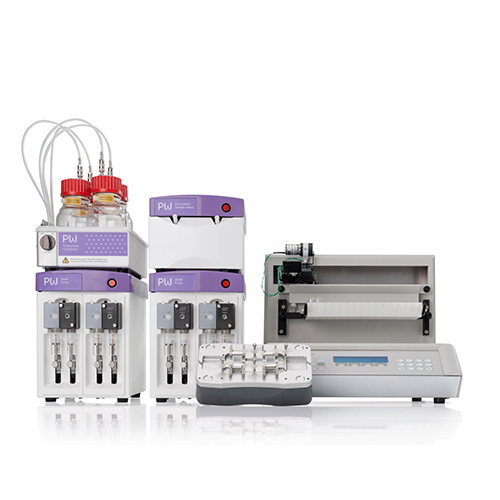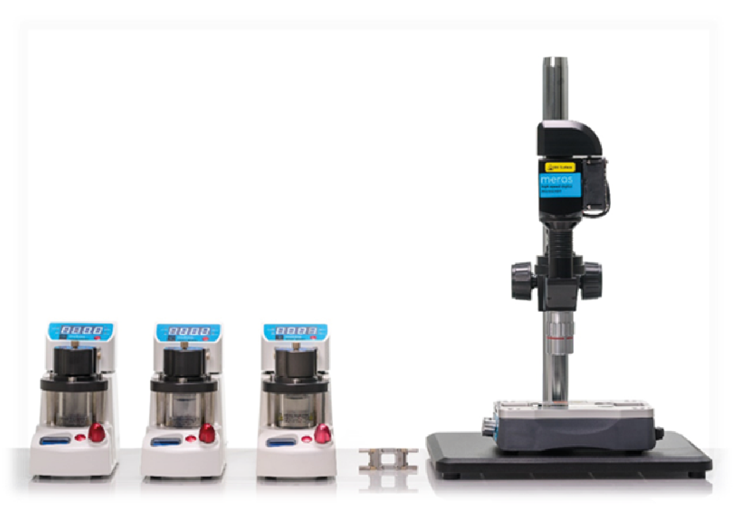Microfluidic solutions for high-throughput encapsulation of cells into picolitre, monodisperse droplets
Many critical biological processes occur at the cellular level and require precise analytical tools to study. Microfluidic technology allows cells, such as bacteria, to be compartmentalized or combined with reagents in tiny droplets, with each droplet acting as an individual micro-reactor.
This approach enables high-throughput analysis of large numbers of cells, detection and study of rare cells, and sorting of cell libraries. It also supports encapsulation of cells in gel beads for applications in cell therapy.
Microfluidic technology & benefits
Microfluidics, often called a “lab-on-a-chip,” enables precise control, manipulation, and analysis of fluids at the microlitre to picolitre scale. It also allows microscale handling of living matter, including mixing, separating, and processing different cellular or molecular components.
Dolomite is at the forefront of microfluidic technology, providing devices for precise small-scale fluid control and analysis. These systems enable engineers and scientists to harness the following potential benefits of microfluidics (results may vary):
Traditional methods |
Microfluidic method |
||
|---|---|---|---|
| Cell Encapsulation | ~30% | ~100% | |
| How much of the sample volume or reagent is used during the production? | |||
| Coefficient of variation (CV) | ~20% | ~5% | |
| Describes the standard deviation from the mean particle size. | |||
| Reagent Distribution | Broad | Narrow | |
| Number of cells (by mass) according to the droplet size. | |||
| Waste | ~50% | Near 0% | |
| The number of overall cells/beads produced to the specification required vs. the number of cells/beads not meeting required specification and going to waste. | |||
| Reproducibility | Low | High | |
| The ability for the entire experiment to be duplicated and receive the same results. | |||
| Surfactant Mixing | Uneven | Homogenous | |
| The level to which immiscible surfactants are distributed throughout the droplet produced. | |||
| Droplet Size Control | Poor | Precise |
How does microfluidic technology work?
To encapsulate a sample, the user loads the sample and reagent into two separate 100µl reservoirs, closes the module, and starts the program. Over 15minutes, the built-in output reservoir collects 3 million droplets.
The pressure pumps maintain the production of highly monodisperse droplets with precise control, while integrated flow sensors provide real-time monitoring of microscale flow rates. This enables accurate adjustments on the fly.
The system maintains the entire cell path, including the chip junction, sample and collection reservoir at a set temperature. This temperature range is between 1 and 100°C using the TCU-100 temperature control unit. Operators can monitor droplet production via the High-Speed Camera and Microscope System, while the Flow Control Centre software manages all hardware functions.




